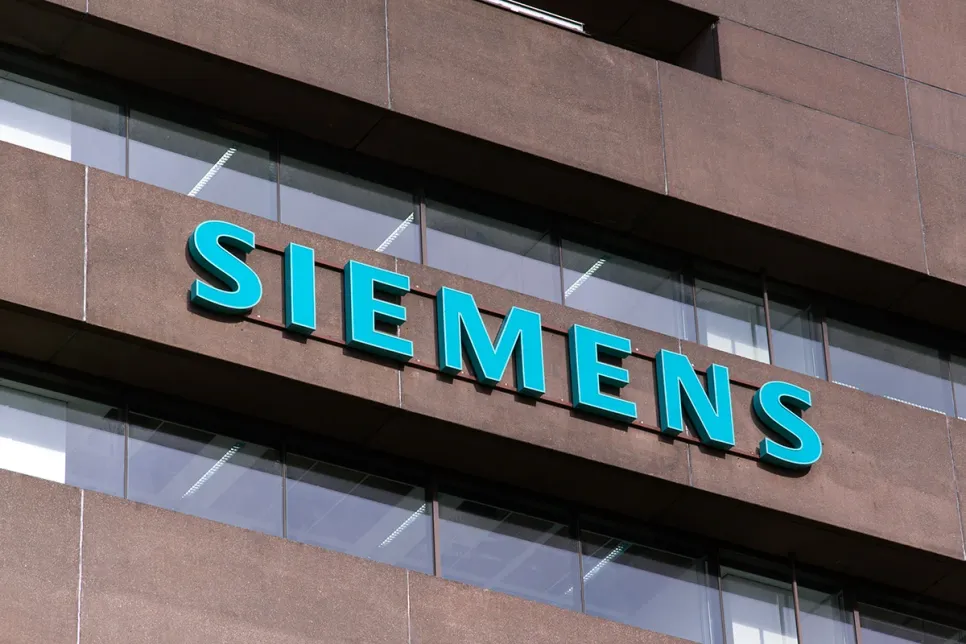Siemens Honors Pioneering Inventors for the 30th Time
This year, for the 30th time, Siemens is awarding the title “Inventor of the Year” to outstanding researchers working in Germany, the United States, China, and Switzerland.

Siemens filed more patents than any other company in Germany in 2021, climbing to fifth place in the European Patent Office's applicant ranking. Siemens filed around 2,500 patents worldwide in fiscal 2021. In total, the company holds more than 43,400 granted patents. Employees reported 4,483 inventions during the period - that's approximately 20 inventions per working day.
In the 2021 patent application figures, Siemens saw strong growth in technologies that are highly relevant to the IoT. In particular, these technologies are data security; machine learning and artificial intelligence; transportation in smart cities; additive manufacturing; and blockchain. In its 2021 patent applications report, the European Patent Office named Siemens among the world's top-ten applicants in computing, which is the field with the highest growth.
"Siemens continues to lead German companies in the European patent rankings. Our inventors filed around 6% more patent applications in 2021. In research and development, we're focusing our efforts on sustainability and digitalization. And we are doing so with success: We're particularly strong when it comes to new patents in these fields. Digital technologies are, after all, extremely relevant for platforms in the B2B sector, and these platforms are an essential part of our customers' and partners' transformations," said Roland Busch, President, and CEO of Siemens.
Since 1995, Siemens has presented its Inventors of the Year award annually to outstanding employees in research and development whose inventions contribute significantly to the company’s success. Since 2016, these awards have also been presented to researchers outside the company. For the past year, particularly resourceful researchers were again honored as "Inventor of the Year 2021" in January 2022. The spectrum of inventions ranges from hydrogen-powered trains and a clever solution to stabilize electricity grids with a high proportion of renewable energies to a cancer therapy that is available to many more patients.